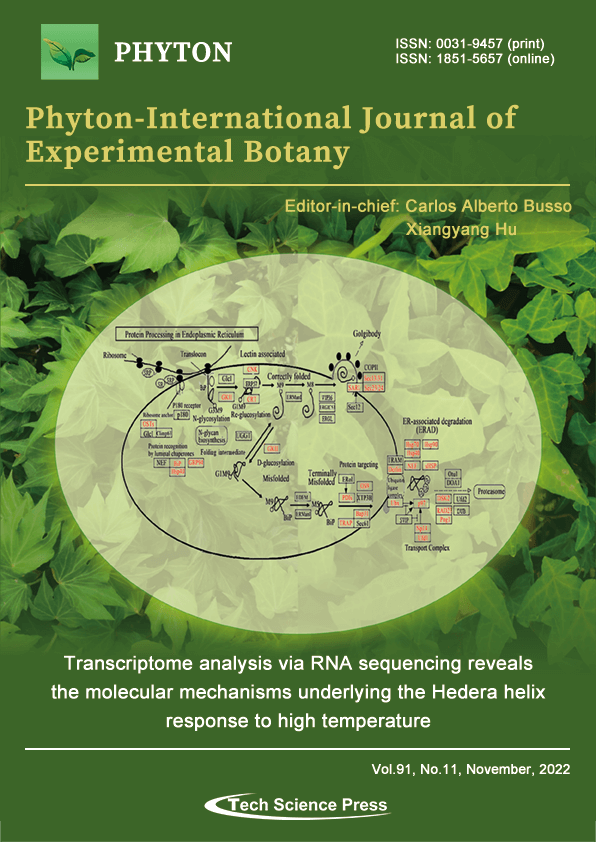
Hedera helix is a traditional European plant and has a wide range of varieties,most of which are resistant to cool but not high temperature. The hot and humid summer climate in East China is not suitable for the majority of them. In this issue, Zhang et al. evaluated the physiological response and genes expression patterns between heat-resistant and heat-sensitive varieties of Hedera helix. They first revealed some transcription factor, such as DREB2C, NAC016, and BBX24 maybe are involved in the heat stress response of ivy, and their expression profiles differed between the tolerant variety and the sensitive variety.
View this paper